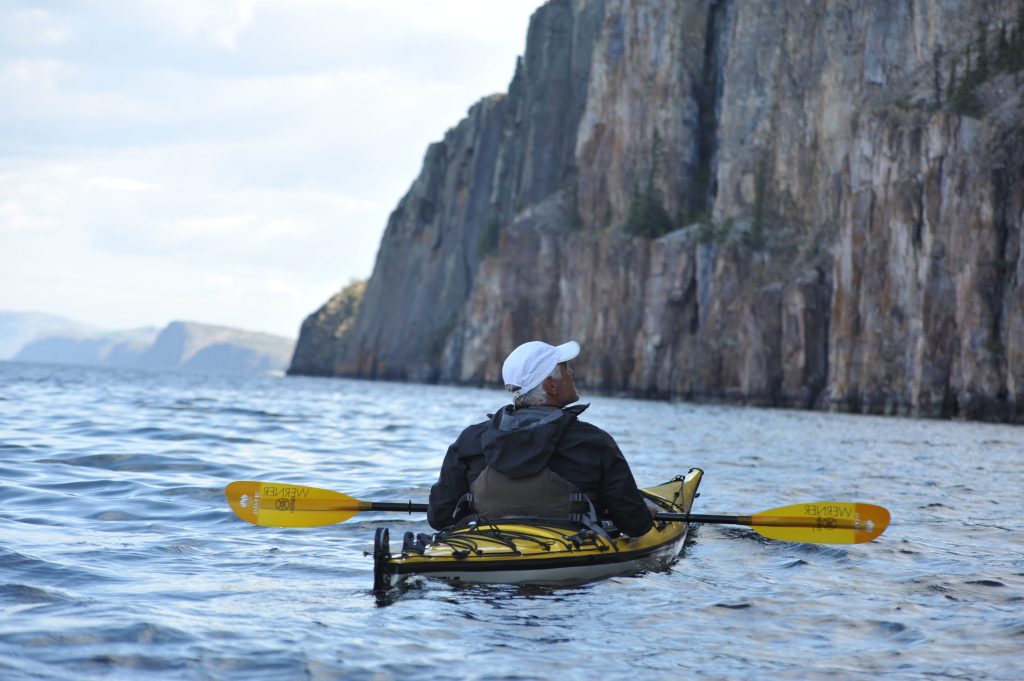
Where the Lights Meet the Silence
Small groups, real aurora chasing
Unlike conventional tours, which often involve large groups and crowded spots, our tours focus on intimate experiences in small groups of no more than 5 people.
This approach ensures tranquility and allows for a deep, personal connection with the starry sky and the mesmerizing auroras. Silence is key to embracing the beauty of the Northern Lights, and our carefully chosen secluded locations, far from city lights and tourist crowds, offer the perfect setting for this peaceful contemplation.
Led by Cristiano, an experienced aurora chaser and photographer, the tour goes beyond a standard sightseeing experience. With years of expertise in interpreting space weather data and a range of satellite data, Cristiano helps guide the tour based on real-time information, ensuring we act accordingly to maximize the chances of seeing the aurora and avoid the clouds.
Photography is a central aspect of these tours, with professional-grade cameras used to capture stunning images of your experience.
Flexibility is at the heart of this experience. Unlike rigidly scheduled tours, there’s no fixed return time: guests decide when they want to head back.
This is not just a tour; it’s a personalized adventure designed to immerse you in the awe-inspiring beauty of the Northern Lights.








